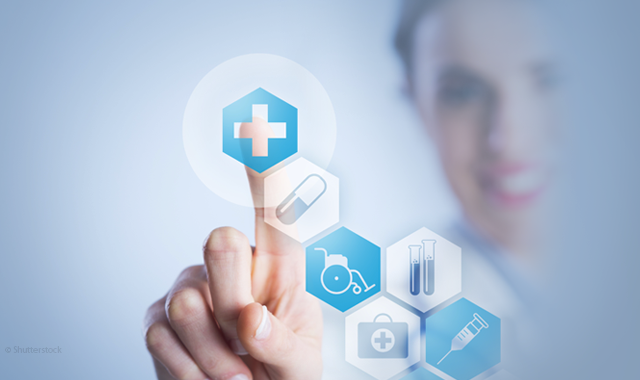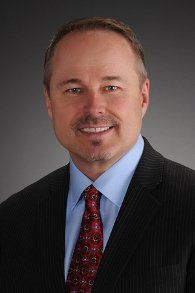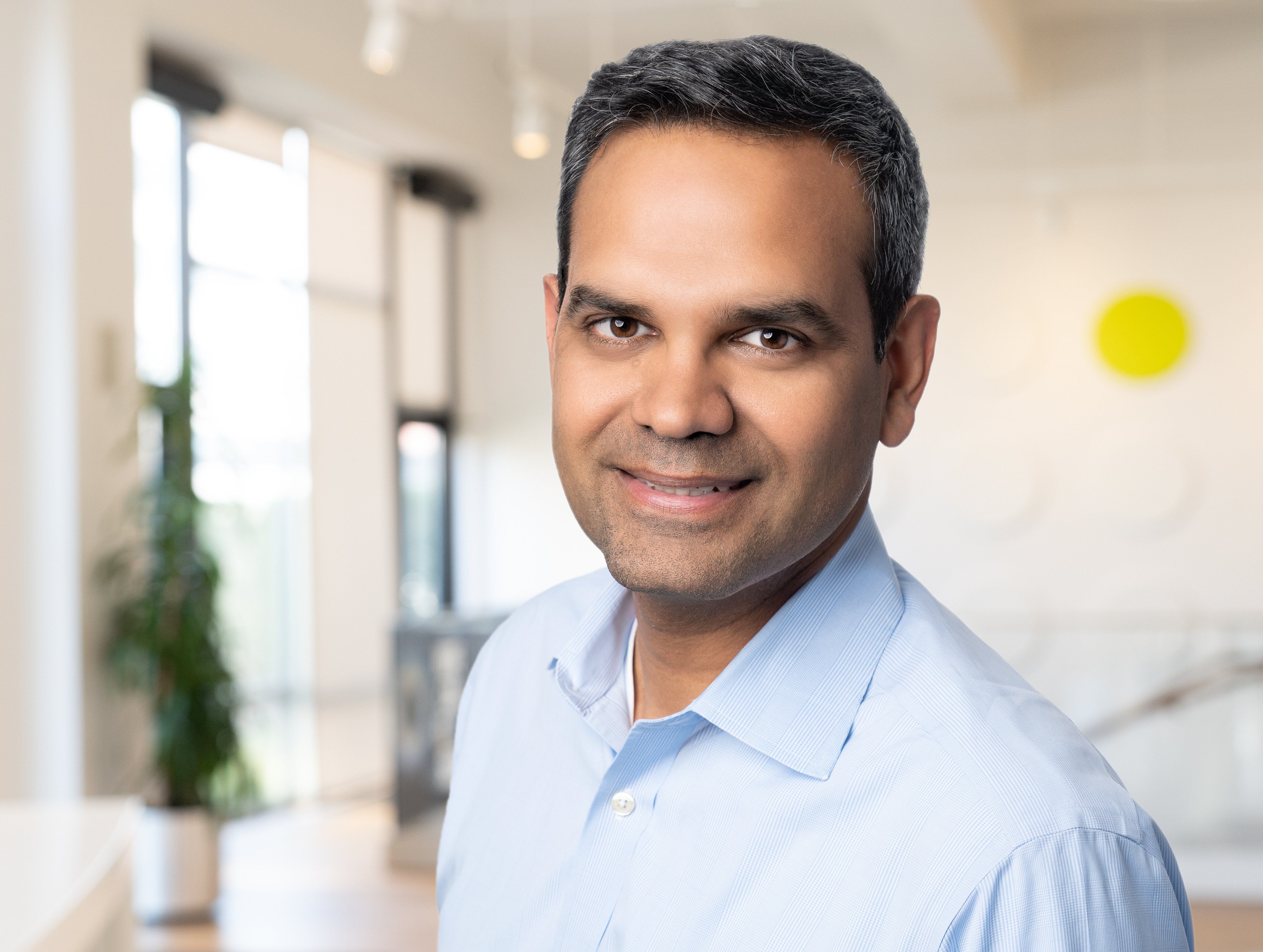Health Technology Disruption: Why It’s Here to Stay
Digital health technology enhances the patient experience, improves health outcomes, lowers the cost of care, and improves the work life of care providers.

Joel Barthelemy

Jonathan Langer

Sastry Chilukuri

With 2020 just around the corner, and value-based care steadily encroaching upon fee for service, the omnipresence of digital health technology can't be ignored as the industry remains laser focused on enhancing healthcare delivery even as it reduces costs. Health technology's increasingly wide adoption brings with it vast opportunities for providers looking to harness it and for patients who find themselves no longer observing as much as participating in their own care as partners.
The broad umbrella of health technology covers categories including mobile health, robotics, wearables, remote monitoring, 3D printing, electronic health records, big data, virtual and augmented reality, telemedicine, the Internet of Things, and artificial intelligence (AI).
Just as Philips' Future Health Index 2019 proclaimed, evolution and developments in digital health technology really can help pave the way to achieving the Quadruple Aim-usually defined as enhancing the patient experience, improving health outcomes, lowering the cost of care, and improving the work life of care providers. Sounds like a win-win all around.
Managed Healthcare Executive® spoke to three health technology leaders about what they're doing and why they do it in their respective industry categories and gleaned their advice on how to profitably embrace this disruptor now and during the next evolving decade.
Telemedicine: Answer this technology's call
"We do what we do because every life matters," says Joel Barthelemy, CEO of GlobalMed, a telemedicine company in Scottsdale, Arizona. He says the company powers the world’s largest, most advanced virtual health programs by designing and manufacturing integrated software and hardware telemedicine solutions that support a patient at any point in the continuum of care, and at any place, because that's what the marketplace demands.
To hear him describe it, telemedicine has come a long way from humble beginnings in the late '60s. Now, telemedicine's goal is to make primary care available right when patients need it.
Related: A Brave New World of Health Technology and Digital Therapeutics
"The population isn't going to wait long when we can do so much with technology," he says, forecasting that even better evidence will be attained more quickly without attachment to wires.
By nature, telemedicine has to be everywhere. "That means in Haiti, on Air Force One, at the bottom of the Grand Canyon, at overseas military bases, at Johns Hopkins Medicine, or at [Veterans Affairs] locations everywhere," he says. To that end, the company has developed a simple dashboard that integrates and aggregates relevant information-and not just from vitals machines. It includes cameras, and not just video conferencing, as well as precision general instruments that capture images from a patient exam.
With more than 15 million virtual visits, and more than $100 million invested in research and development (R&D), GlobalMed's goal is virtual care "touch points" across the continuum for patients from early-stage symptoms to end-of-life hospice care. "It's the only platform capable of consolidating disparate systems with the integration of hospitals, homes, and clinical locations," he says.
Healthcare is moving away from solely symptoms-based diagnoses, to those with rich data behind them and augmented intelligence, says Barthelemy. Smart health technology executives should always be looking to invest in areas such as AI, as well as dental telemedicine, service lines, and vital signs systems that don't need connectivity, and in technology opportunities in pain management and opioid and substance abuse solutions. GlobalMed, based in Scottsdale, Arizona, most recently acquired TreatMD and ORCAS.
Technology is here to stay, so welcome it with open arms and be flexible, Barthelemy suggests. "This healthcare system will collapse due to high costs if we keep doing things the same way expecting different outcomes," he says.
The Internet of Things (IoT): Something big is happening here
The IoT is considered a system of interrelated computing devices. The advantages of hospitals and health systems using that kind of connectivity technology for better outcomes are huge, but security still has to be intact, says CEO and co-founder Jonathan Langer of Medigate, a medical device security firm, with locations in Tel Aviv, Israel, New York and San Diego, considered an IoT trailblazer, with main bases in Tel Aviv and New York.
"Executives know that part of 'taking care' of patients means ensuring there's no risk posed to them anywhere, and that poses a great challenge," he says. It also means protecting every clinical network from cyberattacks.
According to HealthITSecurity, as of July 2019, more than 25 million patient records were breached, most due to third-party vendors and phishing attacks against well-known companies such as Quest Diagnostics and American Medical Collection Agency.
Managing medical devices demands the highest levels of complexity while being connected to networks, along with more sophisticated equipment, more specialized maintenance, more challenging vulnerability tracking and remediation, and heightened compliance and safety requirements, he says.
Covering the bases, says Langer, means "looking for deviations in patterns from a simple network-level message like, 'Hey, computer, I'm on the network,' to patients' health data needing to get from company A to company B."
So executives must consider the wide array of devices inside and outside of the hospital: radiation machines, blue code meters, patient monitors, security cameras, and infusion pumps.
"It's not just one central computer," says Langer. "A cyberattacker can not only steal medical records but also place ransomware and find a really good network route to do more damage."
In spite of inherent risks, he's a big proponent of data networking overall. "If we're to harness the true power of data analysis, we can provide better care, better doctors' decisions, and faster diagnoses, and make it all more affordable. Using telemedicine for home health-especially in rural areas-is also very promising."
To effectively and safely use all the options technology presents also means cybersecurity is definitely here to stay.
AI: Be smart about this technology
Just like its name implies, AI can facilitate behaviors associated with human intelligence. As president of Acorn AI by Medidata (a Dassault Systèmes company) and the executive vice president of AI and digital solutions for Medidata, which helps life science companies and academic researchers accelerate value, minimize risk, and optimize outcomes, Sastry Chilukuri leads the charge to analyze clinical trial data in real time and deliver actionable insights to life science clients conducting trials-and there are plenty of those.
It's a father–son kind of organizational structure, since Medidata has provided data management and technology platform capabilities to R&D organizations in the pharmaceutical industry for 20 years.
"We have access to more than 18,000 clinical trials involving 5.2 million patients," says Chilukuri. "As we start to use this data, we can build AI solutions on top of it that can make data 'liquid' across the entire lifecycle and answer the most important questions." That's definitely a plus.
He believes four major categories can fundamentally change the trajectory of a company entering 2020, and executives might want to keep these top of mind:
- What drugs do you want to double down on and move into clinical trials, considering costs and time? Pick wisely.
- Once you decide to move and run clinical trials on particular drugs, how do you do that faster and cheaper?
- In a world with so much data available, how do you demonstrate the value of a product to regulators, insurance companies, and patients?
- In this era of personalized medicine, how do you help deliver the right treatment to the right patient at the right time?
To fill those needs in a "value-conscious world," Acorn AI, like others in the AI space, has scientists, physicians, technologists, and ex-regulatory officials constantly honing a suite of products.
Chilukuri envisions health technology offering up much earlier disease detection with targeted AI algorithms powering diagnoses, along with smartly tailored treatments for precision medicine, and filling the need for the right body of evidence to drive reimbursement for value.
At the rate technology is advancing, innovation will continue to be the name of the game, and this is clearly no time to get left behind.
Stephanie Stephens, MA, is a journalist, producer, and host in Orange County, California.
In the Scope of Virtual Health and the Future of “Website” Manner, Per Ateev Mehrotra
August 10th 2023Briana Contreras, an editor of Managed Healthcare Executive, had the pleasure of catching up with MHE Editorial Advisory Board Member, Ateev Mehrotra, MD, MPH, who is a professor of healthcare policy at Harvard Medical School and an Associate Professor of Medicine and Hospitalist at Beth Israel Deaconess Medical Center.
Listen
Extending the Capabilities of the EHR Through Automation
August 2nd 2023Welcome back to another episode of "Tuning In to the C-Suite," where Briana Contreras, an editor of Managed Healthcare Executive, had the pleasure of chatting with Cindy Gaines, chief clinical transformation officer at Lumeon.
Listen